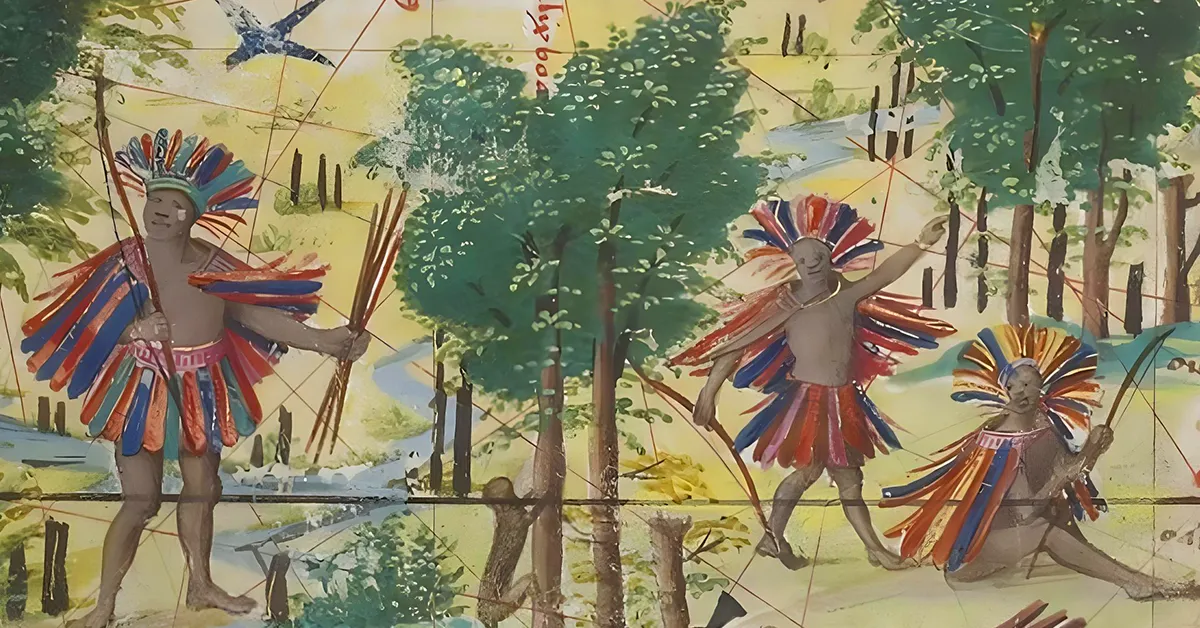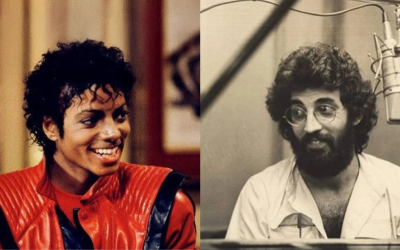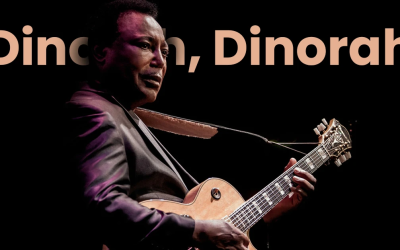When you think of Brazilian music, your mind probably jumps to the sultry rhythms of Samba or the smooth melodies of Bossa Nova. But what if I told you that Brazil’s ancient Brazilian music tells a story that reaches back thousands of years—long before the Portuguese ever set foot on these shores?
The true musical heritage of Brazil begins not with European colonization, but with the rich traditions of indigenous music Brazil that flourished in a land once known as Pindorama, the “Land of Palm Trees.”
The Musical Landscape Before “Brazil” Existed
A Continent of Musical Diversity
Before 1500 A.D., when Portuguese explorers arrived and colonization began, this vast territory was home to an estimated one thousand different indigenous nations with a combined population of around five million people. Each of these groups had their own distinct musical traditions, instruments, and ceremonial practices.
This wasn’t simply “Brazilian music” as we know it today—it was a complex tapestry of native Brazilian sounds that varied dramatically across regions. From the Amazon rainforest to the southern plains, each indigenous community developed unique musical expressions that reflected their relationship with the land, their spiritual beliefs, and their social structures.
The Tragedy of Cultural Loss
Today, fewer than 305 indigenous groups remain, with a combined population of only about 1.6 million people—less than 1% of Brazil’s entire population. The three largest surviving groups are:
- The Guarani (mainly in the South and Southeast)
- The Ticuna (from the upper Amazon)
- The Kaingang (also in the South and Southeast)
Together, these three groups comprise only around 100,000 people, representing a devastating loss of cultural and musical diversity.
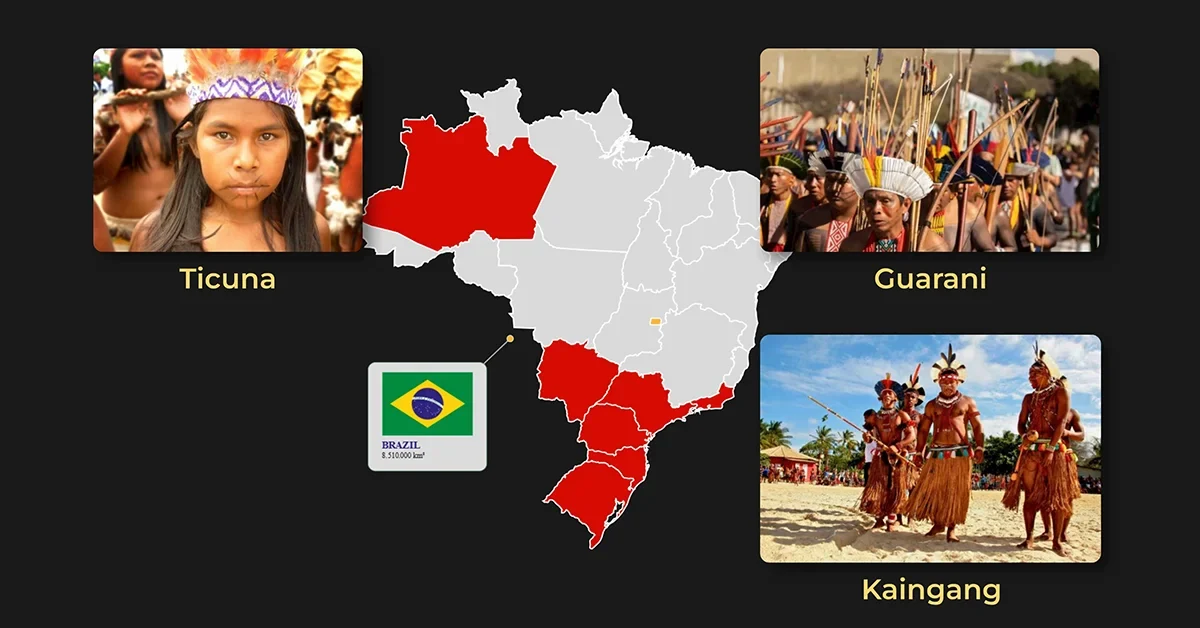
Understanding Indigenous Musical Traditions
Beyond European Musical Frameworks
To truly appreciate ancient Brazilian music, we must step outside the rigid frameworks of European musical tradition. Indigenous Brazilian cultures didn’t use phonetic writing systems or musical notation as we know it. Instead, their musical heritage was preserved through oral tradition—stories, songs, and rhythms passed down through generations. This oral transmission meant that each generation naturally added their own interpretations and innovations to traditional songs. Over thousands of years, this created a living, breathing musical tradition that evolved while maintaining its essential spiritual and cultural significance.The Sacred Nature of Indigenous Music
Unlike the entertainment-focused music we’re accustomed to today, indigenous music Brazil served multiple purposes:- Spiritual ceremonies connecting communities to their ancestors and the natural world
- Social bonding during community gatherings and celebrations
- Storytelling preserving historical events and cultural knowledge
- Healing rituals using specific rhythms and melodies for therapeutic purposes
- Communication with nature spirits and seasonal celebrations
Contemporary Preservation Efforts
Modern Indigenous Music Groups
Despite centuries of cultural suppression, several indigenous groups today are working to preserve and share their musical heritage:
The Nóg Gã Group (Kaingang people) infuses their performances with warrior spirit, using spears as percussion instruments that symbolize strength and resistance. Their music represents not just entertainment, but a powerful statement of cultural survival.
The Teko Guarani Group, a youth choir, demonstrates how Brazilian musical heritage continues to be transmitted to new generations. Their performances represent the living, ongoing evolution of indigenous musical traditions.
The Role of Contemporary Artists
Brazilian composer Caetano Veloso recognized the importance of indigenous culture in his song “Um Índio” (“An Indian”), which flips the narrative of indigenous people as relics of the past. Instead, Veloso imagines an indigenous figure arriving from space after the destruction of South America’s original peoples—a vision that empowers rather than diminishes indigenous identity.
The Instruments of Ancient Brazil
Traditional Indigenous Instruments
Ancient Brazilian music featured a variety of instruments crafted from natural materials:
- Flutes and whistles made from bamboo, bone, or wood
- Drums created from hollowed logs and animal skins
- Rattles fashioned from gourds filled with seeds or stones
- String instruments using plant fibers and animal sinew
- Horns carved from animal horns or large shells
Each instrument served specific ceremonial or social functions, and many were considered sacred objects that could only be played by certain community members or during particular rituals.
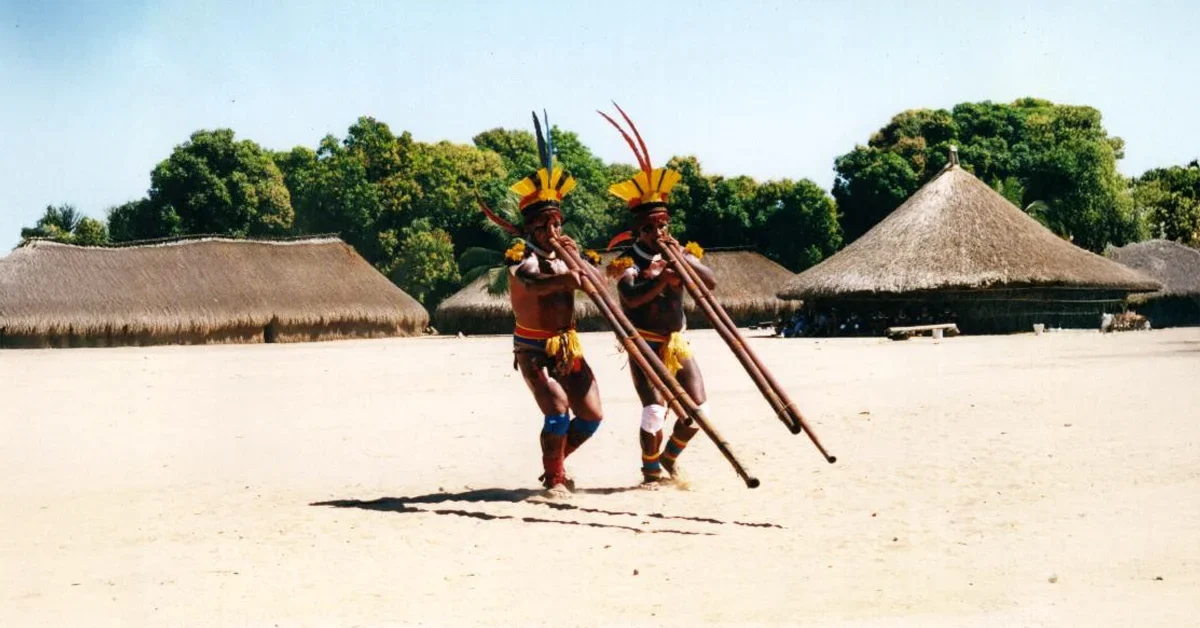
Rediscovering Brazil’s Musical Roots
How to Experience Indigenous Music Today
If you want to truly experience ancient Brazilian music, approach it with an open mind and respect for its cultural significance. This isn’t background music for your commute—it’s a window into worldviews and spiritual practices that have survived against incredible odds.
Consider these approaches:
- Listen actively rather than passively—indigenous music rewards focused attention
- Learn about the cultural context behind specific songs and rhythms
- Support contemporary indigenous artists who are keeping these traditions alive
- Respect the sacred nature of certain musical practices that may not be appropriate for casual listening
The Importance of Cultural Preservation
Every surviving song represents what researchers call “a small miracle—a heartbeat from the past that refuses to be silenced.” The very existence of indigenous Brazilians today is a daily act of resistance against centuries of cultural suppression and economic pressure.
Conclusion: A Living Heritage
Ancient Brazilian music isn’t just a historical curiosity—it’s a living tradition that continues to evolve and influence contemporary Brazilian culture. From the rhythmic complexity that would later influence Samba to the spiritual depth that resonates in modern Brazilian popular music, these ancient traditions remain relevant and powerful.
Understanding this musical heritage helps us appreciate not just where Brazilian music came from, but where it might be going. As we face global challenges around environmental protection and cultural preservation, the wisdom embedded in indigenous music Brazil offers valuable perspectives on living in harmony with nature and maintaining community bonds across generations.
The next time you hear a Brazilian song, listen for the echoes of Pindorama—they’re still there, waiting to be discovered.
References
- Before Samba: Brazil’s Ancient Musical Roots – The Stringuy
https://youtu.be/9awWQvvarBI - “Music of Brazil.” Wikipedia, https://en.wikipedia.org/wiki/Music_of_Brazil
- “Marlui Miranda.” Wikipedia, https://en.wikipedia.org/wiki/Marlui_Miranda
- “Parintins Folklore Festival.” Wikipedia, https://en.wikipedia.org/wiki/Parintins_Folklore_Festival

